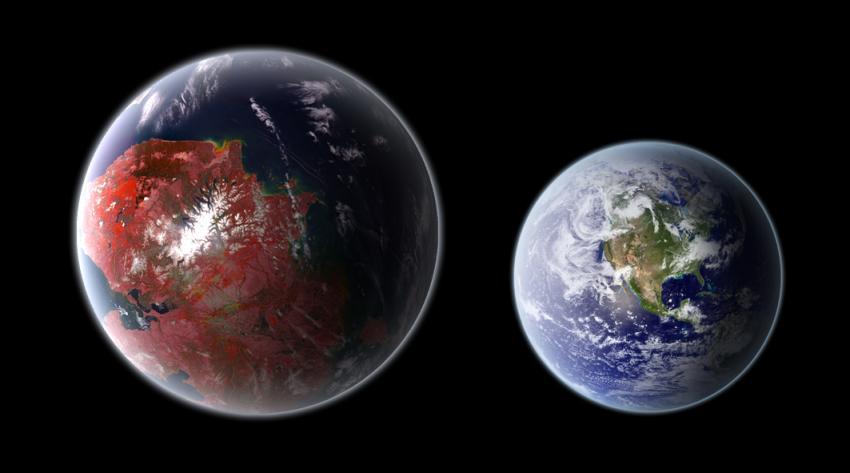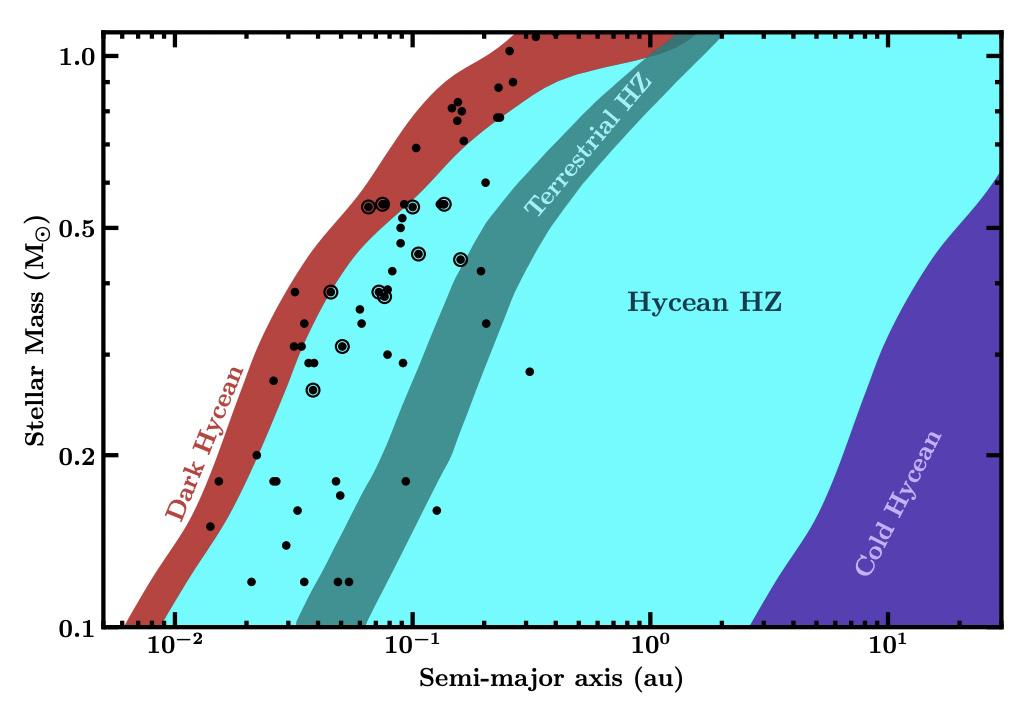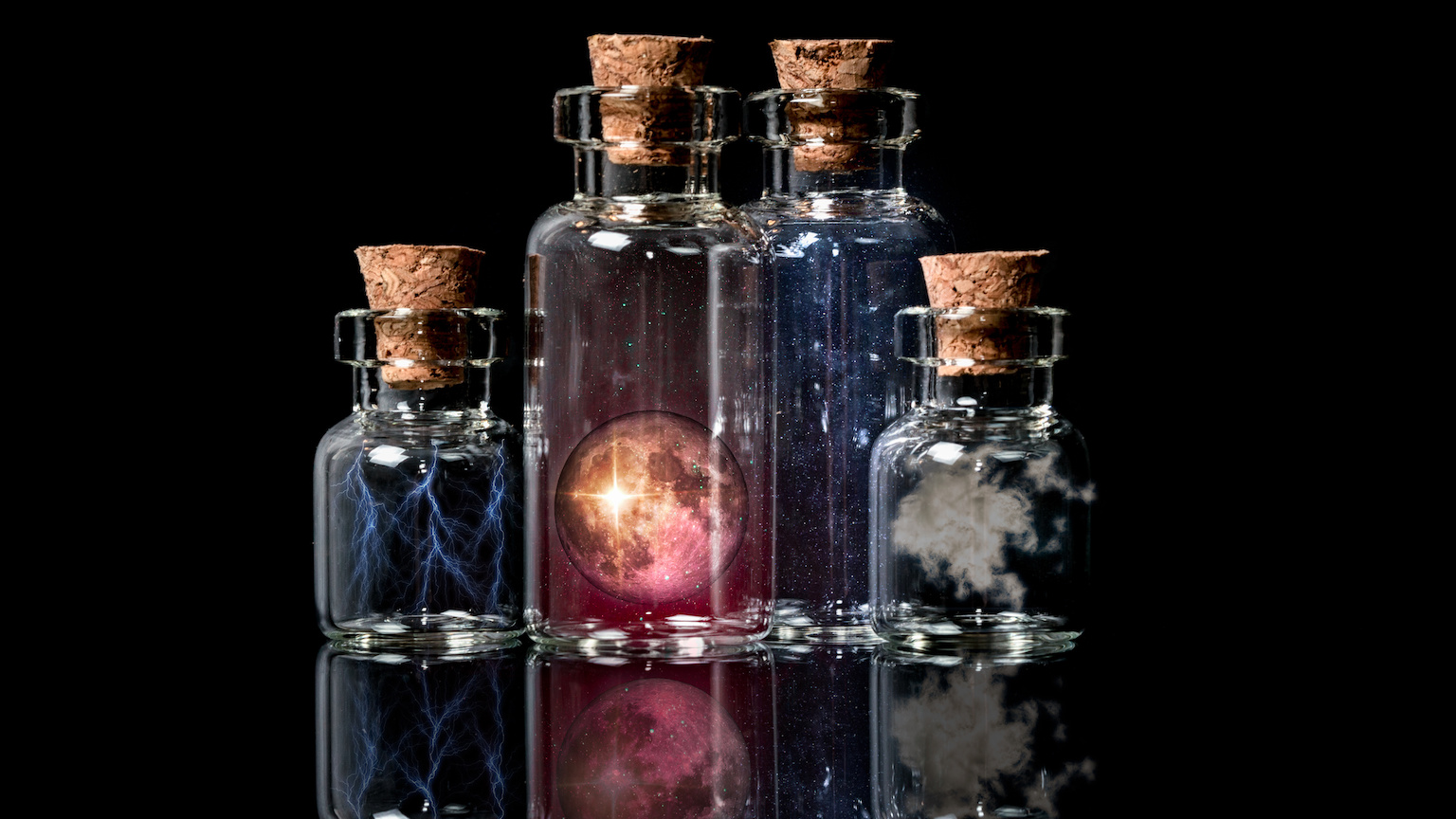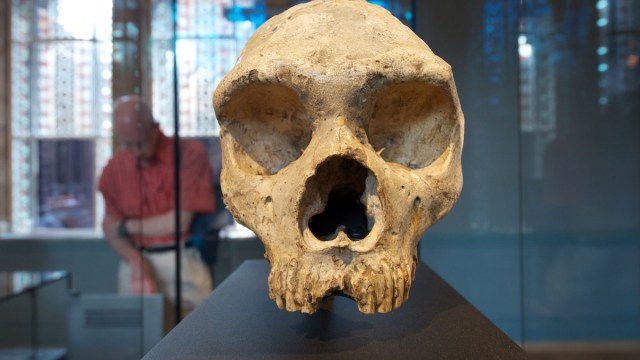Biosignatures: Phony fossils complicate the hunt for life on Mars
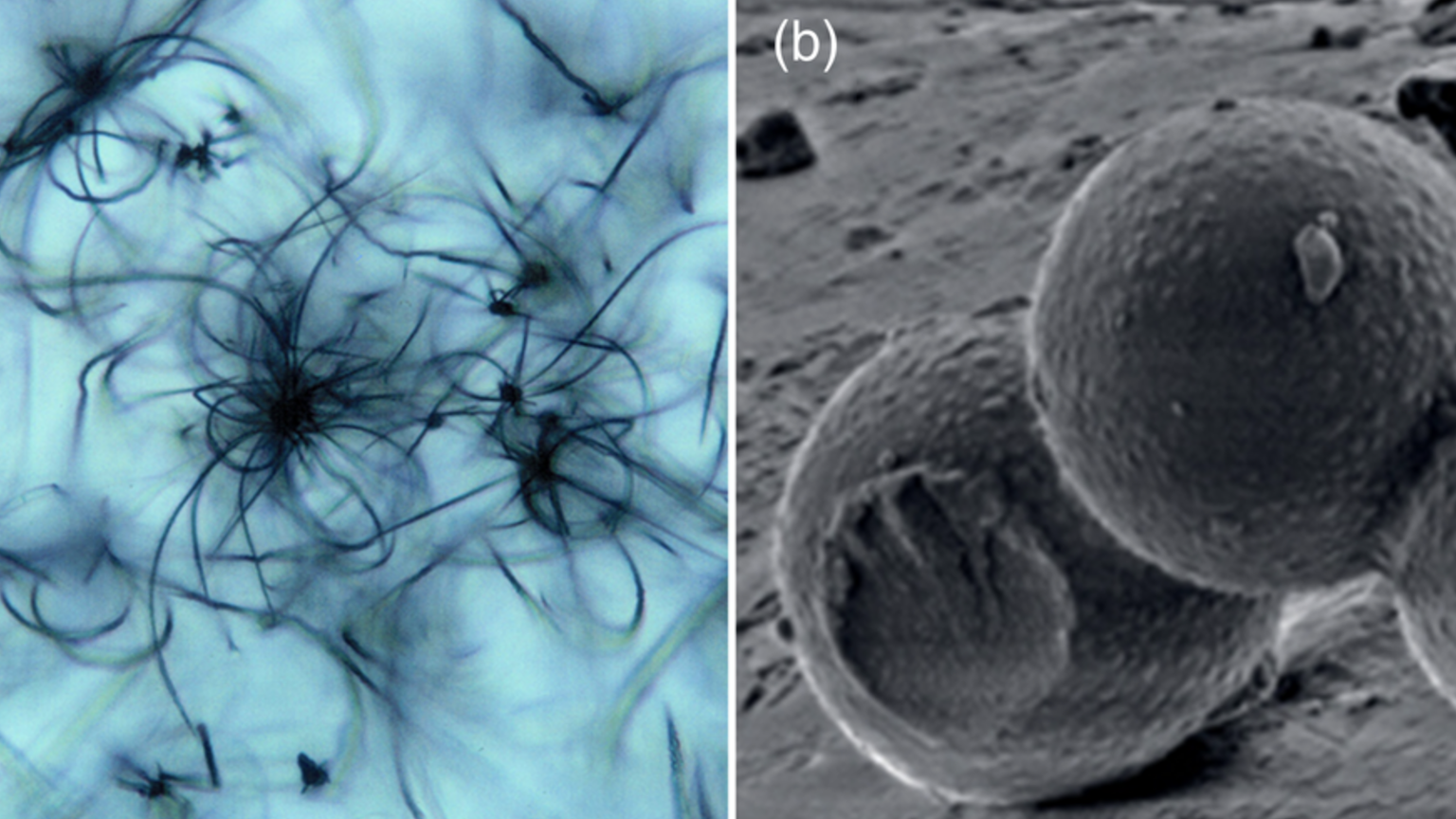
- Scientists seeking life on Mars can be easily led astray by “fake” fossils — that is, inorganic materials that resemble biological life forms.
- The processes that create these false biosignatures are poorly understood.
- In order to find the real deal, we must study these impostors.
The goal of discovering an indisputable biosignature — that is, clear evidence of life on Mars — has captured the attention of astrobiologists for decades. Present efforts revolve around missions using rovers, robotic machines designed to move across terrain and extract geological samples to be analyzed on-planet or returned to Earth. Along the way, rovers encounter and collect an enormous variety of samples. With such a large and rich sample collection, false positives are likely, increasing the chance of misinterpreting a non-biological sample as “life.”
In a recent paper published by Journal of the Geological Society, University of Edinburgh astrobiologists Sean McMahon and Julie Cosmidis review known processes that produce false biosignatures and recommend strategies to parse out true signs of life amidst the static of deceptive signals.
Phony fossil formation
Doctors McMahon and Cosmidis detail several potential “fake fossils” that might lead researchers down the wrong path. For example, many inorganic compounds can undergo chemical reactions, such as polymerization, that appear to be on the pathway toward life, but they fall very short. These materials often resemble the building blocks that make up biological structures.
Other types of inorganic material that may fool scientists include fake “microbialites” (sedimentary deposits formed by microbes), “chemical gardens” (inorganic chemicals that, when mixed, resemble a plant-like structure), and “crystallites” (that look like filamentous microorganisms). In fact, some previously collected “fossils” thought to be of biological origin — and used to fuel speculation about life on Mars — may be based on such pseudo-biosignatures.
Their research led the authors to note five general trends:
- Physical processes that have nothing to do with life can resemble biological processes. Particular morphologies, molecular and mineral compositions, and textures thought to be of biological origin may actually not be.
- Paradoxically, the environments most conducive to the origin and maintenance of life, like underwater hydrothermal vents, are also likely to produce false biosignatures.
- Silica is often involved in the production of false biosignatures.
- Interactions between water and basaltic lava can conspire to form phony fossils.
- The processes involved are so complex that chemists, physicists, mineralogists, materials scientists, paleontologists, and microbiologists will be needed to characterize all the different ways that pseudo-biosignatures can form. To find new life, we must study the impostors.
Legitimate biosignatures
Impostors can form in myriad ways. But what about true biological structures? Are there criteria that could help differentiate life from non-life? The authors write the following:
“Most of these schemes use multiple, nested criteria to assess biogenicity: did the object (or population of objects) form in a demonstrably habitable (palaeo)environment, with appropriate evidence of endogeneity and syngenicity? If so, is its morphology consistent with a biotic origin and inconsistent with an abiotic origin? If so, is its chemical composition distinctively life-like? And so on. The more definitely and completely the object (including its geological context) meets the criteria, the higher the biogenicity score.”
Seeing what we want to see
In a perfect world, biosignatures are clear and unambiguous. But we don’t have that, particularly when it comes to analyzing microscopic structures. Purely physical and chemical processes can deceive us into thinking that life is present on a planet (or habitat on Earth) when it actually is not. Any claims about life on Mars must be met with extreme scrutiny and skepticism.

